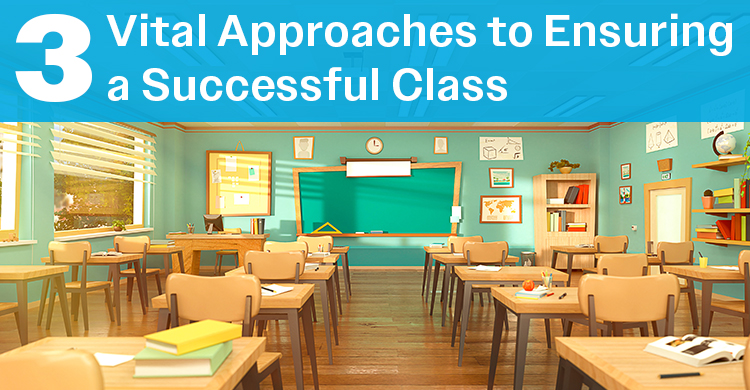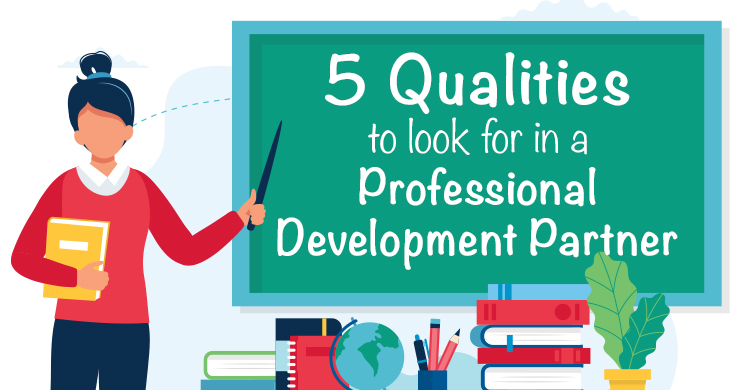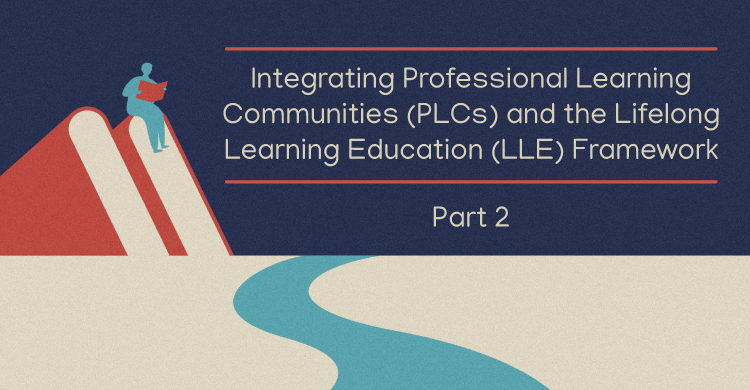In our upcoming book, Kenneth C. Williams (@unfoldthesoul) and I talk about the need for all educators at a school to engage in the collective commitment required to bring the vision of success to fruition. One of the most certain ways to make that happen is by ensuring every person has “skin in the game.”
Having “skin in the game” means going beyond being invested in the decision. It speaks to also being part of the decision-making process over the outcomes. A school or district leader who has no skin in the game makes the decisions for others, but if it goes badly she/he does not lose any authority and can just walk away unaffected. Similarly, if a teacher is not fully vested in the new initiative they can claim to have given it the good old college try and then resort to tried-and-true practice, regardless of the impact on student outcomes. They can discard the idea as belonging to someone else and question the motives of that individual for even suggesting the change. They endeavor to equate best practice with the practice they are best at and barely blink when confronted with evidence that suggests more is needed if we are to hit the goal of success for all.
If instead the members of a school community (a professional learning community) are ready to embark on a journey together and willingly accept responsibility—individually and collectively—for the outcomes of all students, significant growth can be achieved. It’s much more difficult to walk away from something you’ve had a hand in creating than from something forced upon you. It’s much easier to find the energy and effort required to overcome the significant challenges presented by some of our students when the plans have your fingerprints all over them.
Collective commitment that has grown from every educator on the team having skin in the game speaks to the team’s journey. At times the journey is smooth, and gains seem to be a regular occurrence. It’s like being in a large sailboat together with the wind filling the sails. At these times it’s easy to speak about the students being “ours” and not “mine and yours.” It is when the journey gets rough and gains seem to be a fleeting memory that the response needs to be the strongest. This is when teams need to believe and demonstrate that the students are indeed “ours” and not resort to challenging colleagues to “do something about your students.” When the wind dies down and the sails hang limp, are you prepared to break out the oars and row together?
One final thought about the impact of having skin in the game speaks to how teams process the conversations that occur in all schools. There is an agreement that no one will suffer in silence. All issues will be addressed in meetings where all participate. Decisions made reflect the belief about success for all. There isn’t a follow-up meeting in the parking lot where actions get planned that are contrary to what was publicly agreed to minutes earlier. There is no silent majority because everyone feels comfortable making their presence known and contributing to the conversation.
As educators in schools and districts continue with their fine work and aim to improve the life chances of every student, establishing the collective commitment and ensuring everyone has skin in the game will make the journey both easier and more enjoyable.
[author_bio id=”397″]







